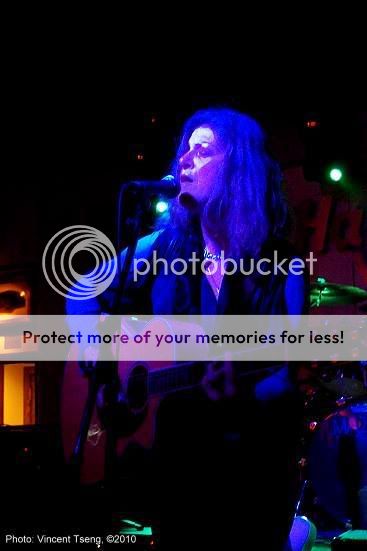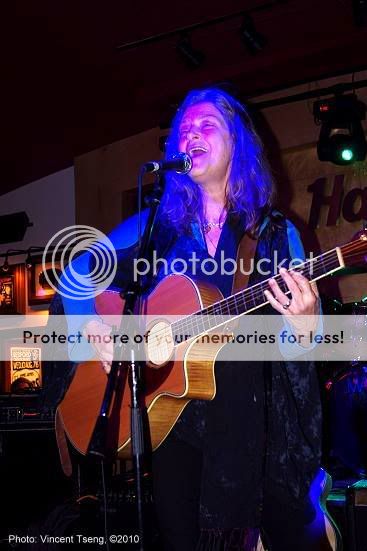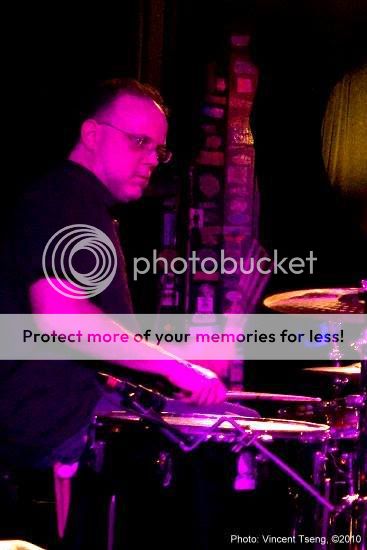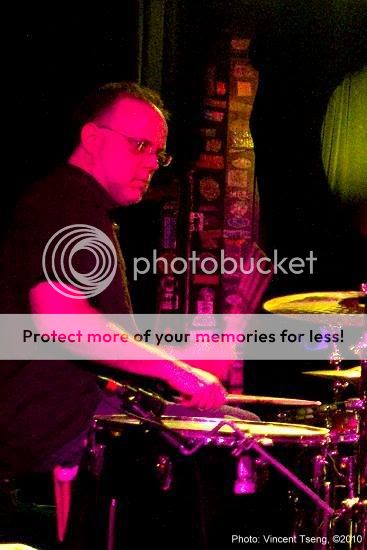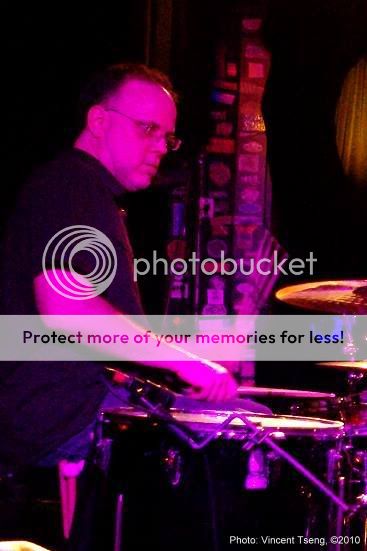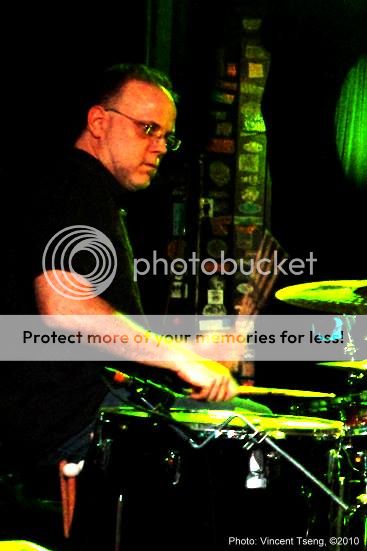 Originally posted by falconeye
Originally posted by falconeye 
I now tried with some of some of my own stage shots and can confirm your findings.
LR 2.6 seems to be limited to 2000°K color temperature. If red or magenta is the dominant color, LR will fail. Partly, as has been said, because of a lack of green.
SilkyPix has the same limit (2500°K actually), but ignores its limit with the gray color tool. As a result, it can push colors which only have a very low amount of green into gray.
Thank you for your valuable input.
I have numerous attempts in both ACR (Adobe Camera RAW) 5.6 and Pentax DCU/SilkyPix of changing the color temperature and even playing with the "fine tuning" in DCU of giving max green balance and maxing out amber - but all those led to unsatisfactory results similar to the ACR results I showed above.
Then I hit on using the Grey Point in DCU/SilkyPix and not expecting much - Boy! was I surprised - I was eating crow.... (raven, corvus, corvidae - and all manners of those pesky cawing black colored birds.....

)
I really didn't think such a thing was possible - but there it was staring me in the face - well actually I was staring at the results.
I have played with various RAW processors including LightRoom (3 Beta) - and so far Pentax DCU 4.11 (SilkyPix) is the only RAW processor that seems to be able to recover to a reasonable semblance of real flesh tones even with extreme lighting such as the magenta made up with narrow bandwidth red and blue LEDs - where even the very best in class RAW processors like ACR (Adobe Camera RAW) 5.6 and LightRoom (3 Beta) could not (although I strongly suspect LR uses the same technology as ACR - since they are both from Adobe)
 Originally posted by Entropy
Originally posted by Entropy 
Some of those pictures look like exposure for one channel was clipped, so the reccommendation of someone earlier to drop exposure a bit makes sense.
This is the difficulty with extreme lighting such as magenta made up with very narrow bandwidth red and blue LEDs - either of which can be considered monochromatic (no, not black and white - but of a single wavelength) which would give absolutely no leeway in color adjustments other than color substitution.
The K-x exposure was about as optimum as I could get it - the clipping one is seeing is partly the JPG compression (which loses details in the magenta areas) and the difficulty of presenting magenta on the screen - if one looks at the close up details there is plenty of detail albeit somewhat lossy due to JPG compression.
If anything, as falconeye pointed out above, one might have to
increase exposure somewhat - as a recovered to flesh tone shot was pretty dark - like his own experiment confirmed - but as you point out if one does that an as-is shot would have the colors clipped.
So I think (without the benefit of further experimentation) that it is probably better to use normal exposure and up the brightness etc PP if one wants to recover to "flesh tones" even if it is sub optimal otherwise an as-is shot would be clipped badly - please remember all the samples in my experiments on RAW in post #
23 above were from the exact same shot - all except the first scene setting one which was the paired JPG of the same shot - all the rest were from the exact same DNG/RAW.
 Originally posted by Entropy
Originally posted by Entropy 
I also liked one of the other ideas that someone showed an example of - use a strobe for fill. If the strobe is only used for fill and not primary lighting, it won't have that obvious "flash photography" look, especially if you move the strobe off camera.
Yes, I get this advice about off-camera flash a lot - it is pretty generic (without meaning any disrespect) - but this is in-situ fill-in that tries to seem like it is not a flash shot. Please note the flash compensation was -2/3 stop and the overall compensation was -1 stop - the flash really is only just filling in, and the direction/diffuseness is not that critical - that is why I used the humble on-board flash which many would automatically pooh-pooh, or advise me to use an off-camera flash

- I have a setting on my compact that I use a lot that's "P" for exposing for the ambient conditions (with a slowest shutter speed of 1 sec) and -1 2/3 stop flash compensation - most of the time people cannot tell it has flash-fill and I even had a photographer come up to me to ask how I am managing to shoot without flash!!!
 Originally posted by Entropy
Originally posted by Entropy 
One thing, the color temperature of nearly all stage lights is much lower than typical strobes. Put a CTO gel on the strobe! I've had good results of mixing stage ambient and strobe by putting a CTO gel on my AF-540, although in many cases I probably could use an extra 1/4 CTO, stage lights are often VERY orange even when ungelled.
This may be right for traditional gel'd/filtered tungsten/halogen lights -
but it is not correct for LED lighting - which is what this thread is about -
colored LEDs have very narrow bandwidth - basically monochromatic, as in single color -
even when the light appears to be "white" to our eyes (made up with equal proportions of RGB)
BUT the spectrum is discontinuous - has very strong peaks -
so strictly speaking there is no color temperature** and the CRI (Color Rendering Index) is very low -
despite all that, LED stage lighting is becoming more and more prevalent since smaller LED units offering millions of colors are becoming affordable that even small clubs are now using them -
and guess what? most find magenta is flattering and "cool" looking -
but it plays havoc with photography!
An aside ** color temperature and CRI (Color Rendering Index) - there is a popular line of light bulbs from GE called "Reveal" now available as CFL (Compact Fluorescent) one will notice that the
GE Reveal CFL gives a color temperature of 2500K and CRI=70
compare this to the
GE standard SoftWhite which tries to imitate tungsten - with color temperature of 2700K and CRI=82!
How come the Reveal which is clearly more "white" with more blue in the light gets a lower color temperature than a SoftWhite imitation tungsten?
this is I think due to the discontinuous spectrum of Reveal - which also leads to its lower CRI.


 Similar Threads
Similar Threads 



